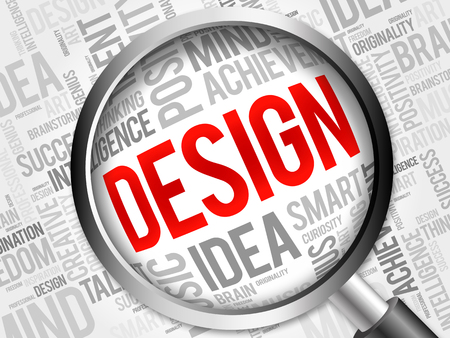|
By Mike Bonnice, Product Development Master Black Belt Consultant When engineers finish their schooling, they know a lot about the sciences and about the behavior of systems. The role of universities is to provide this information. However, the engineers don’t necessarily know how to design things.
This is appropriate, since not every engineer wants to design things. For those that do, some universities have a course on product design. We’ll discuss many of the things that are learned in those courses. In the industrial world, companies learn that they need to explain the design process to their engineers. They have training classes that teach the process. We’ll discuss many of the things that are learned in those courses. When we say “How to Design," we mean that design is a process with many steps. This process is the bridge between a designer and a customer. Here’s the end goal we envision for the design process: you want to satisfy the needs of someone, so you are going to design something that will satisfy those needs. Nothing is going to go wrong; by the end of the process you are going to deliver a design that works. Potentially you could also deliver the product itself; if you do, you’ll know that it will work. The intent of this series is to empower people to design things that satisfy needs. This could be for you if you work in a large industrial firm; it could add to the training you’ve already had. Or, if you work for a smaller firm, you could use this if your company does not have training. If you are on your own, designing individual things for individual people, you’ll find this series hits the spot. Here are some of the topics that will will be discussed: understanding what customers want and need, generating and selecting a concept that will meet the need, understanding the function of a product, developing the details of the concept, using experiments to optimize the product, predicting the ability to manufacture a product, proving the product meets the need, planning the work so the results are on time and within budget.
0 Comments
|




